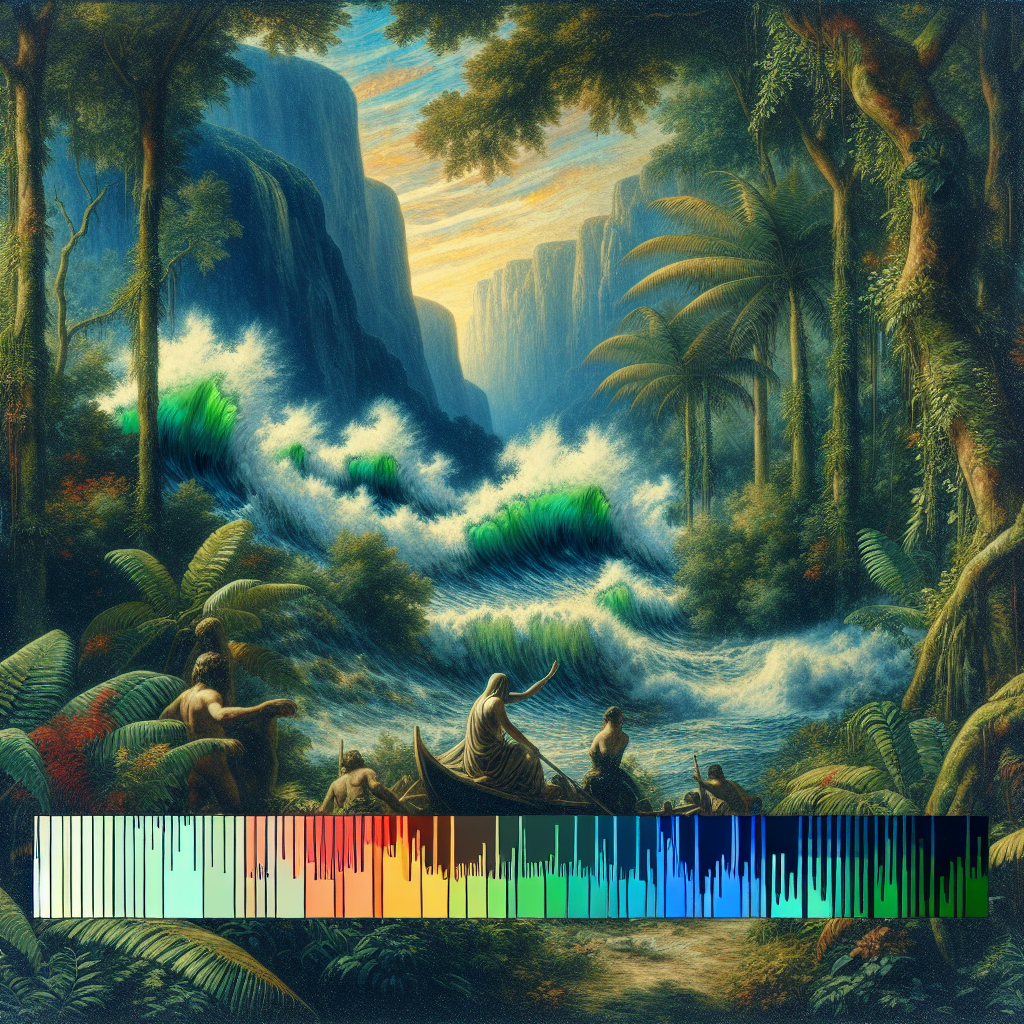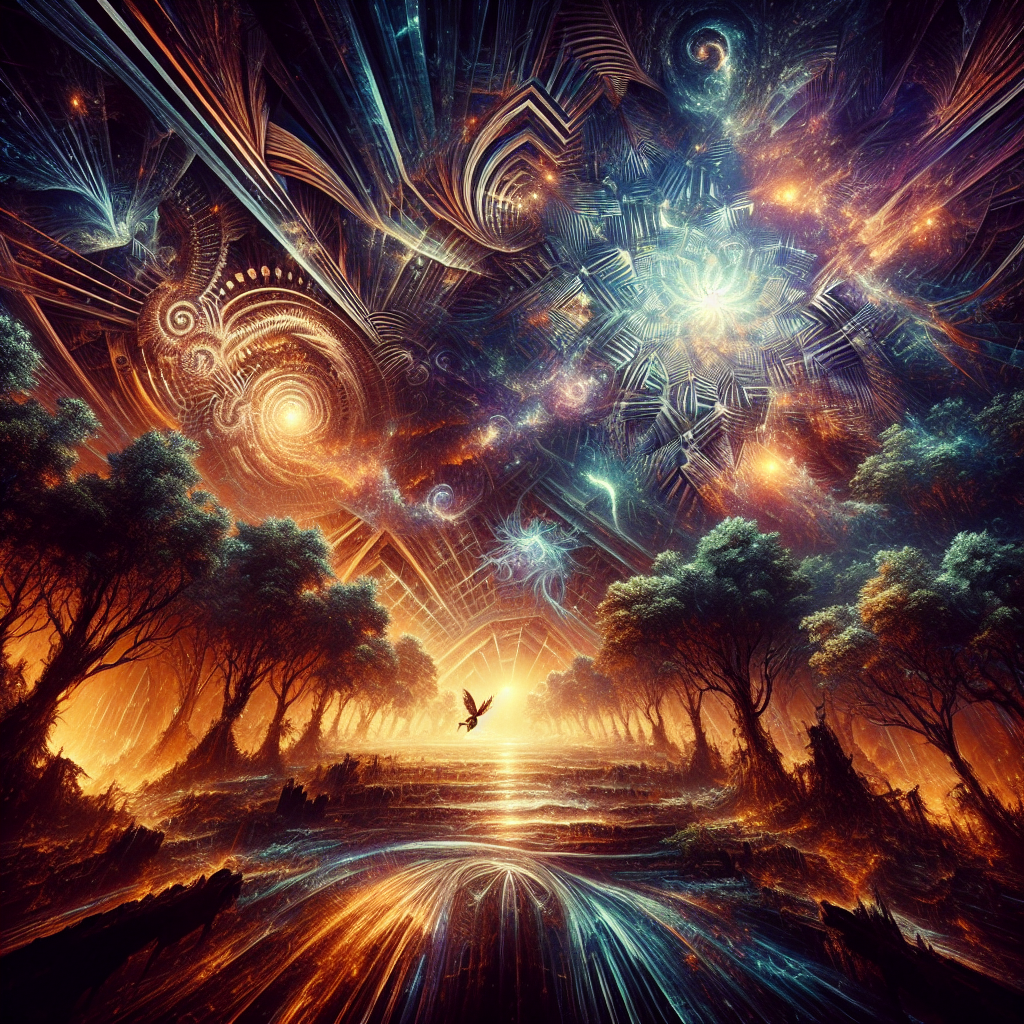-
Table of Contents
- Jungle Terror: The Hard-Hitting, Fast Breakbeats of Jungle
- Top 5 Tips for Understanding Jungle Music
- The Origins of Jungle Music
- Influences and Evolution
- Key Characteristics of Jungle Music
- The Impact of Jungle on Modern Music
- Case Study: The Rise of Drum and Bass
- Experiencing Jungle Music Today
- Notable Jungle Artists and Tracks
- Conclusion
“`html
Jungle Terror: The Hard-Hitting, Fast Breakbeats of Jungle

Jungle music, a genre that emerged in the early 1990s, is known for its fast-paced breakbeats, heavy basslines, and complex rhythms. Often associated with the rave scene, jungle has evolved over the years, influencing various subgenres and artists. This article delves into the essence of jungle music, its history, and its impact on the music industry.
Top 5 Tips for Understanding Jungle Music
- Explore the roots of jungle in reggae and dub music.
- Listen to iconic jungle tracks to grasp its unique sound.
- Understand the role of breakbeats in creating jungle’s rhythm.
- Recognize the influence of jungle on modern electronic music.
- Attend live jungle events to experience its energy firsthand.
The Origins of Jungle Music
Jungle music originated in the UK during the early 1990s, drawing inspiration from reggae, dub, and hip-hop. The genre’s name is believed to have been derived from the term “junglist,” a reference to the urban jungle of London. Jungle music quickly gained popularity in the underground rave scene, characterized by its fast breakbeats and heavy basslines.
Influences and Evolution
Jungle’s roots can be traced back to reggae and dub music, with artists incorporating elements such as bass-heavy rhythms and sound system culture. The genre evolved as producers began experimenting with breakbeats, creating complex and fast-paced rhythms that became a hallmark of jungle music.
Key Characteristics of Jungle Music
Jungle music is defined by several key characteristics that set it apart from other electronic music genres:
- Breakbeats: Fast, syncopated drum patterns that form the backbone of jungle tracks.
- Basslines: Deep, rolling basslines that provide a powerful foundation.
- Sampling: Use of samples from reggae, hip-hop, and other genres to create a unique sound.
- Tempo: Typically ranges from 160 to 180 BPM, contributing to its energetic feel.
The Impact of Jungle on Modern Music
Jungle music has had a significant impact on the development of modern electronic music. It paved the way for subgenres such as drum and bass, which further refined the breakbeat-driven sound. Many contemporary artists and producers cite jungle as a major influence, incorporating its elements into their work.
Case Study: The Rise of Drum and Bass
Drum and bass, a direct descendant of jungle, emerged in the mid-1990s. It retained the fast breakbeats and bass-heavy sound of jungle but introduced more polished production techniques. Artists like Goldie and Roni Size played pivotal roles in popularizing drum and bass, bringing it to mainstream audiences.
Experiencing Jungle Music Today
Despite its underground origins, jungle music continues to thrive in various forms. Live events and festivals dedicated to jungle and drum and bass attract large audiences, showcasing the genre’s enduring appeal. For those new to jungle, attending a live event is an excellent way to experience its energy and vibrancy.
Notable Jungle Artists and Tracks
To truly appreciate jungle music, it’s essential to explore the works of influential artists and tracks. Some notable figures in the jungle scene include:
- Aphrodite: Known for tracks like “King of the Beats.”
- LTJ Bukem: A pioneer of the atmospheric jungle sound.
- Shy FX: Famous for the track “Original Nuttah.”
Conclusion
Jungle music, with its hard-hitting breakbeats and deep basslines, remains a vital part of the electronic music landscape. Its influence can be seen in various subgenres and continues to inspire new generations of artists. By understanding its origins, characteristics, and impact, listeners can gain a deeper appreciation for this dynamic and energetic genre.
For more information on jungle music, you can visit Wikipedia.
“`




